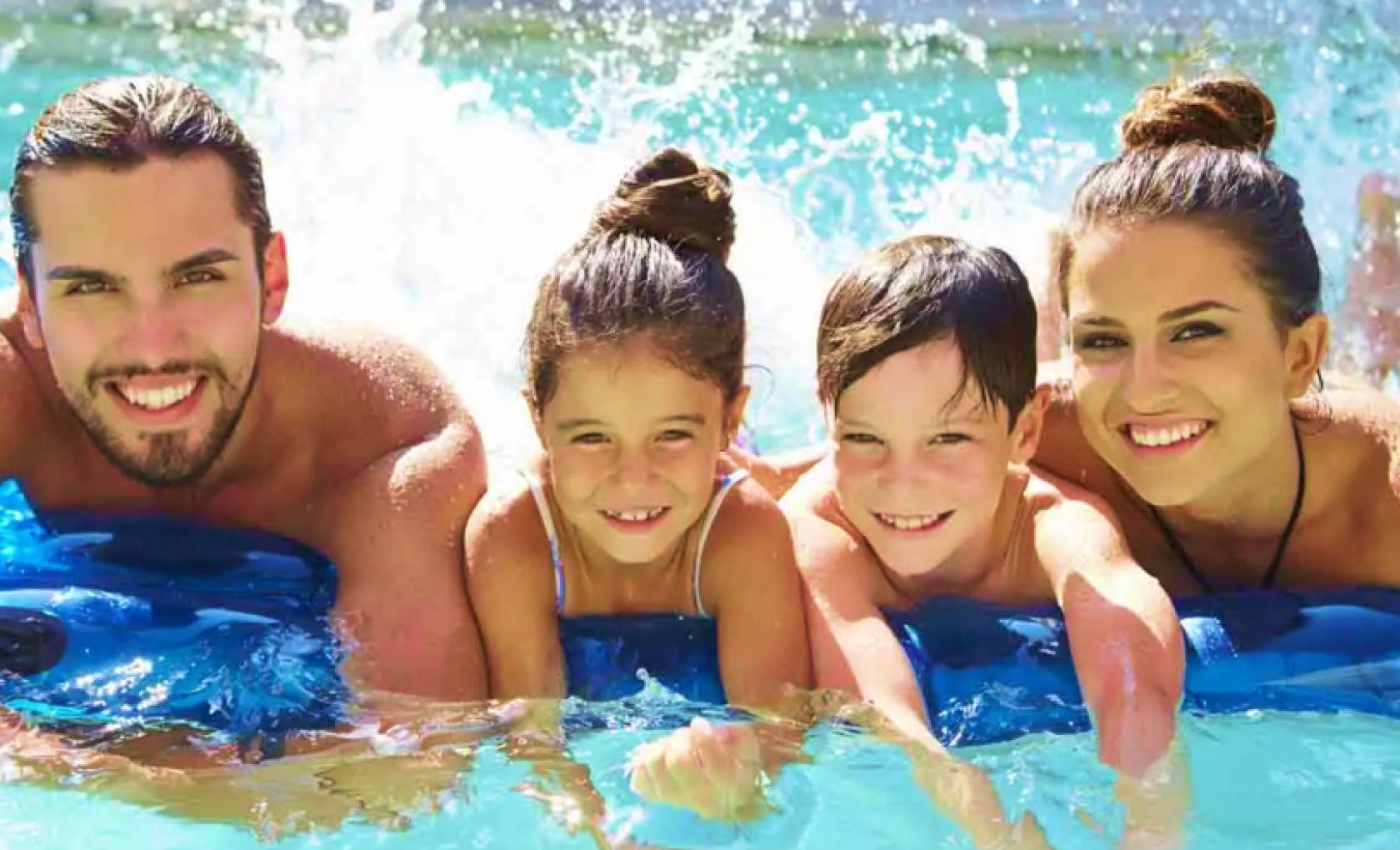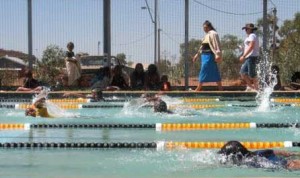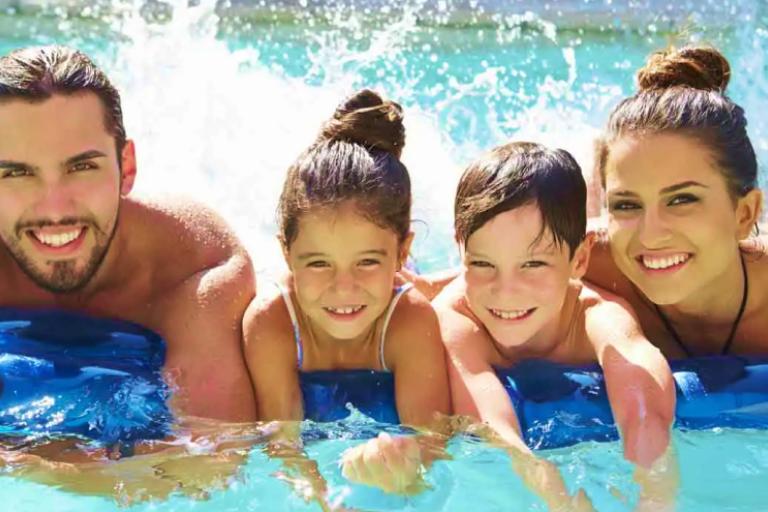Swimming may not save Indigenous hearing

 A three-year, $700,000 Flinders University study of Aboriginal health has not found any evidence that the swimming pool programs help chronic ear infections amongst the remote Indigenous population.
A three-year, $700,000 Flinders University study of Aboriginal health has not found any evidence that the swimming pool programs help chronic ear infections amongst the remote Indigenous population.
The study by the School of Medicine at Flinders University, reporting to the Federal Department of Health and Ageing, was released in August 2012. Its chief author was Associate Professor Linnett Sanchez.
The research was into strategies for reducing the prevalence of middle ear disease (otitis media) and related hearing loss in Indigenous children, and to investigate whether the use of swimming pools by school-age children results in the reduction and possible prevention of otitis media.
The study was triggered by the much-publicised findings of Western Australian researchers that the provision of swimming pools in two Indigenous communities in remote semi-arid Western Australia significantly reduced skin and some ear disease in children.
The claims of the WA study appeared to be good news in the bleak area of chronic infections in Indigenous children. However the limitations of the WA study, principally the absence of control communities, small participation numbers and short duration, signalled the need for further investigation of the results.
Four new, Commonwealth funded, saltwater chlorinated swimming pools provided an opportunity for the more definitive study over three years. Between 2009-2011, 813 Anangu children and adolescents were assessed between one and six times in their schools during biannual visits (a total of 2107 assessments). At each visit multiple measures of hearing and ear health were recorded and each child was assessed by an ear, nose and throat specialist. Forty five percent of the children were assessed on at least 3 occasions.
The outcomes of this research demonstrate that on all clinical measures (audiological and medical) there is no significant effect of swimming pools on ear health or hearing. Additionally there is no evidence that access to swimming pools results in improved school attendance.
However, the participants in this study were all school-age children and adolescents. Regular use of saltwater chlorinated swimming pools by younger pre-school children might result in reduction in the formation of antibiotic resistant biofilms in those children with otitis media with fewer years of otitis media chronicity and conductive hearing loss.
This possibility was not investigated in this study.
Also, during the course of the research there were anecdotal comments from adults who live and work in the Anangu communities with pools that they observed improvements in the skin disorders of the school-age children. This was one of the reported areas of health improvement in the work by Lehmann et al. (2003).
The study did not look at this either, but it is important for future studies as skin infections are of major concern because they can lead to chronic heart or kidney disease later in life.
The study recommendations include:
• That swimming pools in Indigenous communities continue to be promoted as a valuable community resource for their broader benefits to physical health as well as social well-being.
• Encourage greater use of the swimming pools by much younger children as this may assist in preventing the establishment of early nasopharyngeal and middle ear pathologies that are so difficult to effectively treat in remote communities.
• There appears to be need for further research into the effects of swimming pools on the skin disorders of Indigenous children in remote communities.
• The retention of the ‘No school No pool’ policy within the mix of strategies to optimise school attendance which are deemed to be appropriate for a locality and its school.


